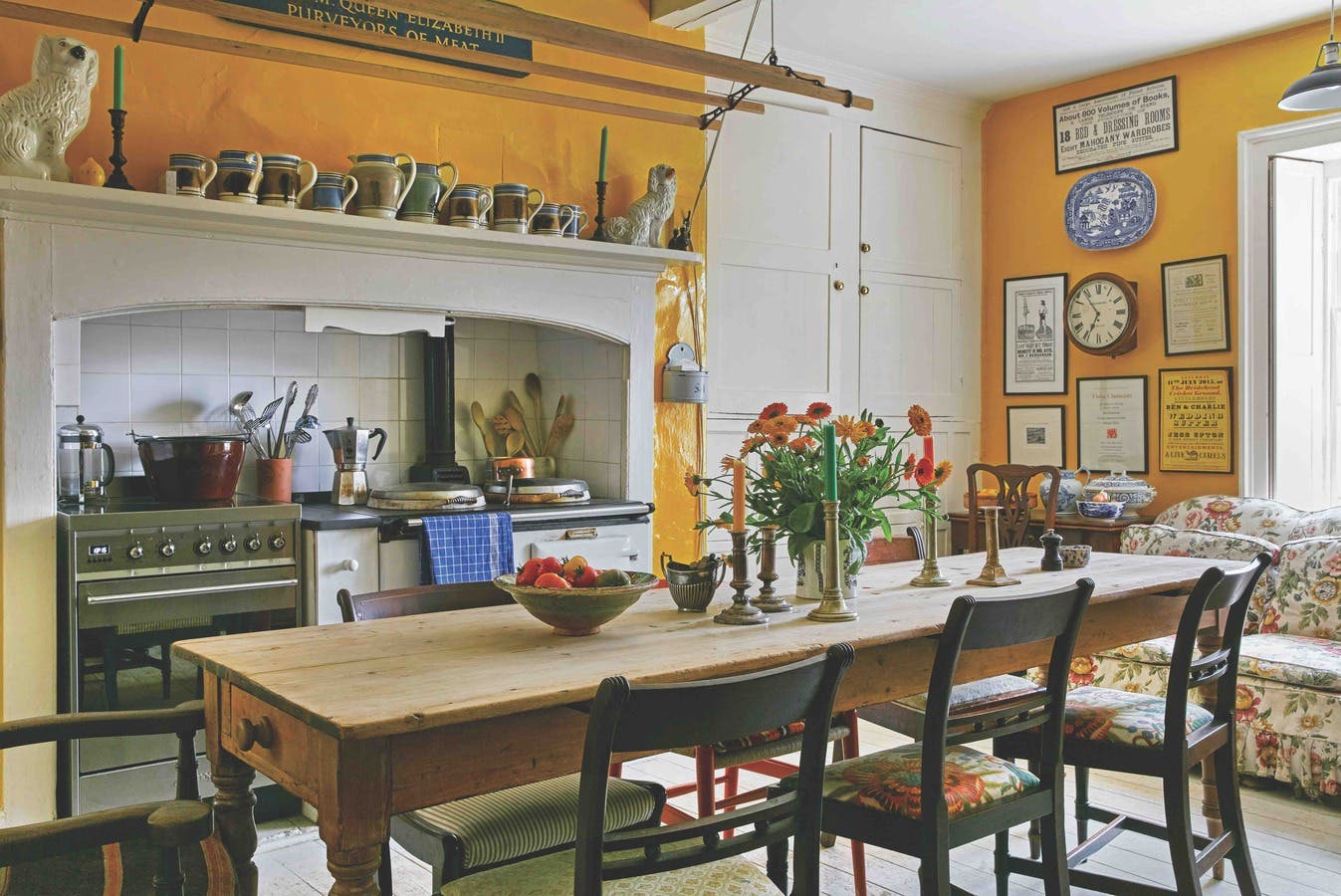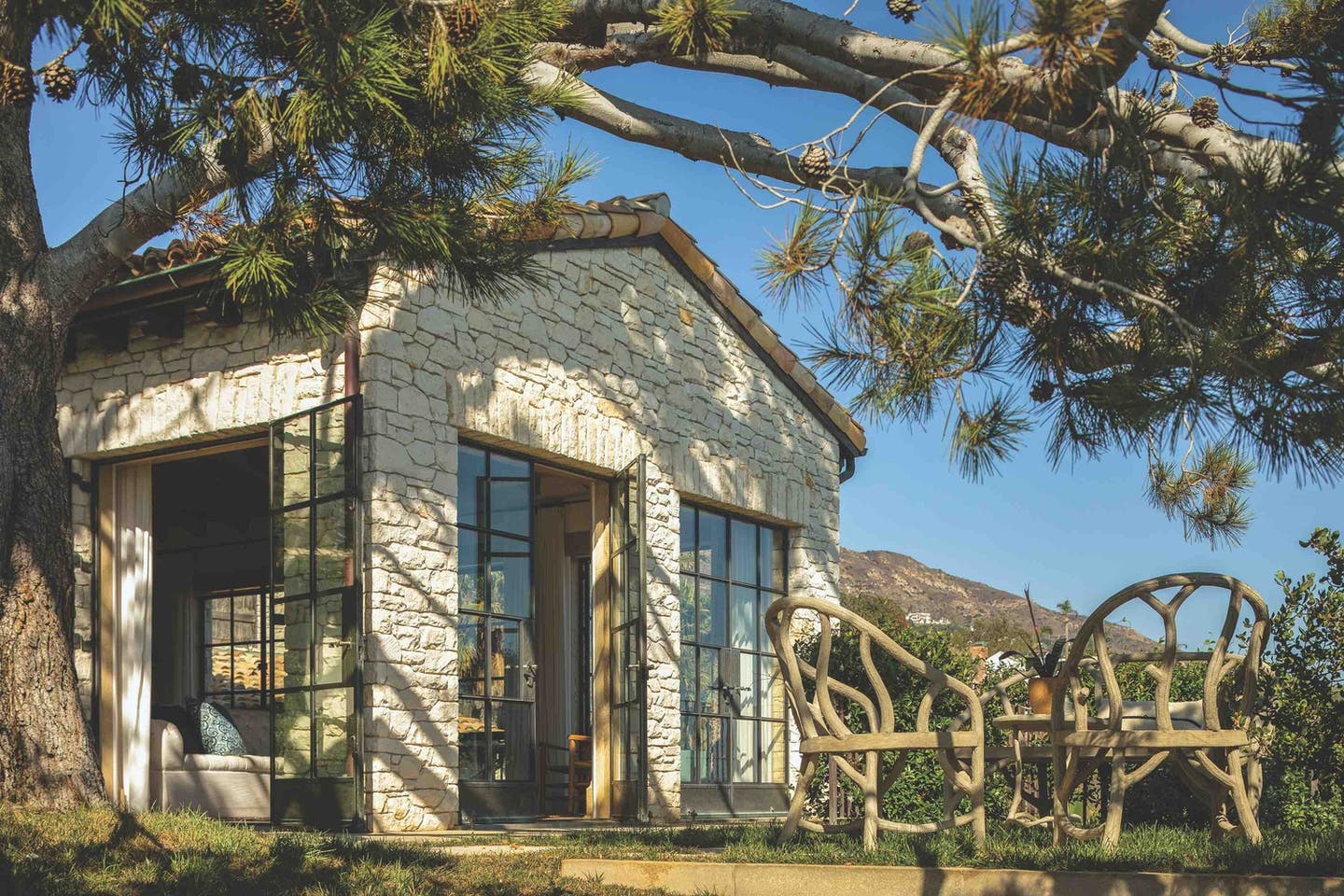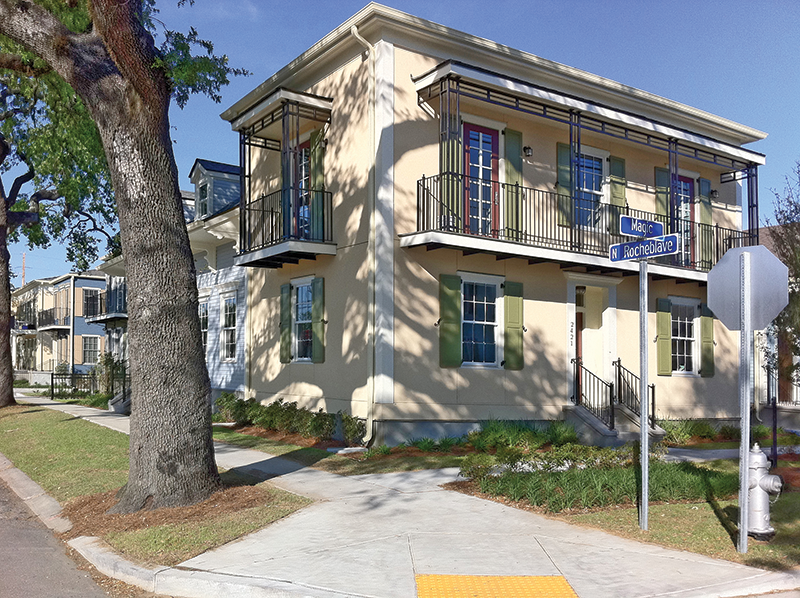
Restoration & Renovation
Rebuilding New Orleans: UDA’s Faubourg Lafitte
Project: Faubourg Lafitte, New Orleans, LA
Architect: Urban Design Associates, Pittsburgh, PA; Rob Robinson, AIA, chairman; Margaret M. Connor, LEED AP, principal

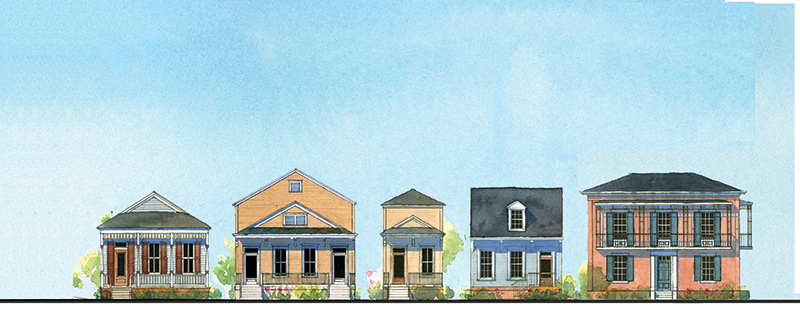
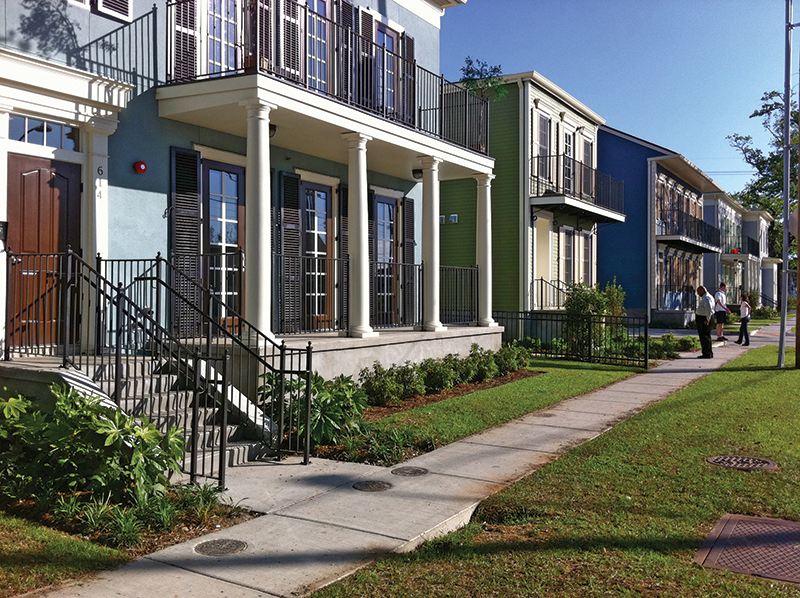
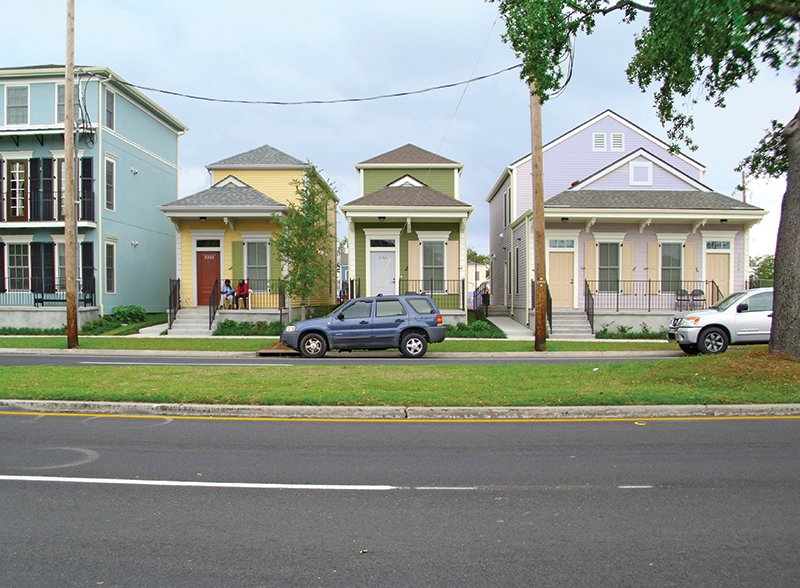
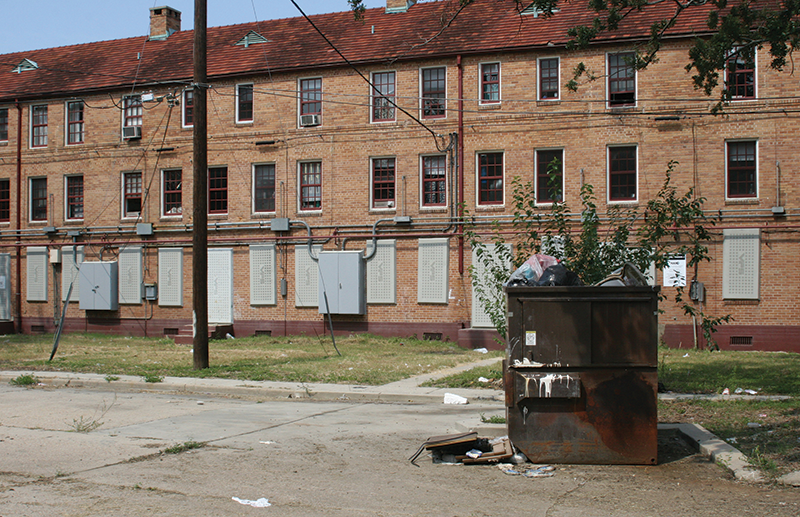
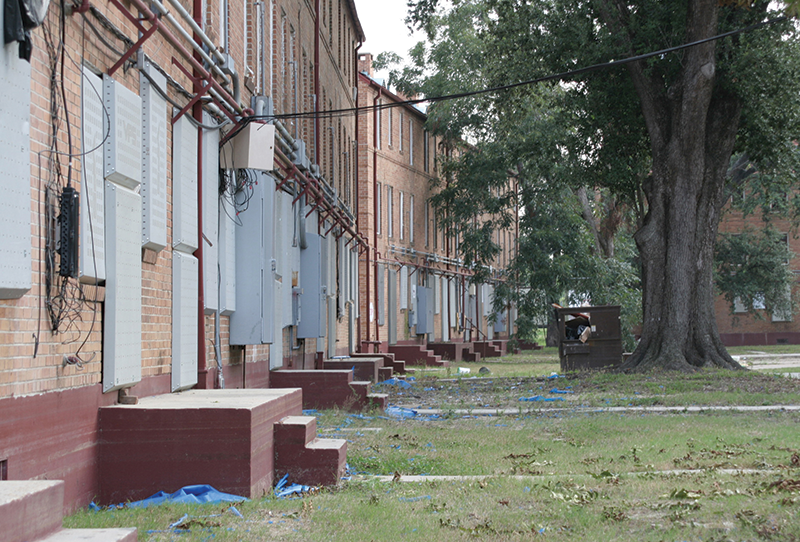
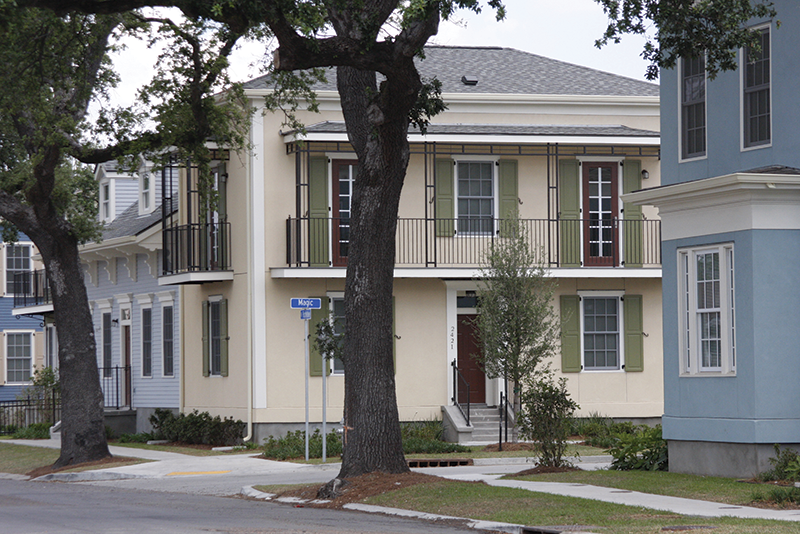
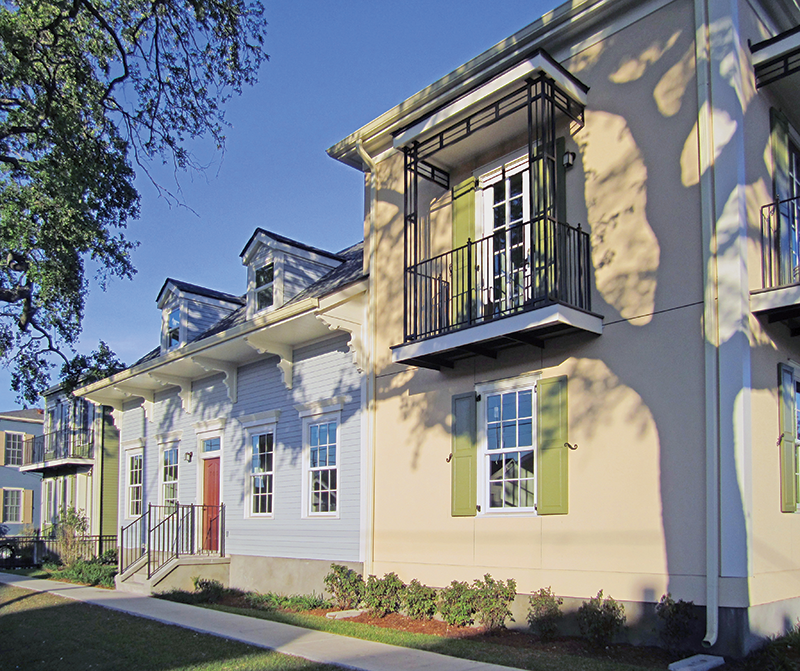
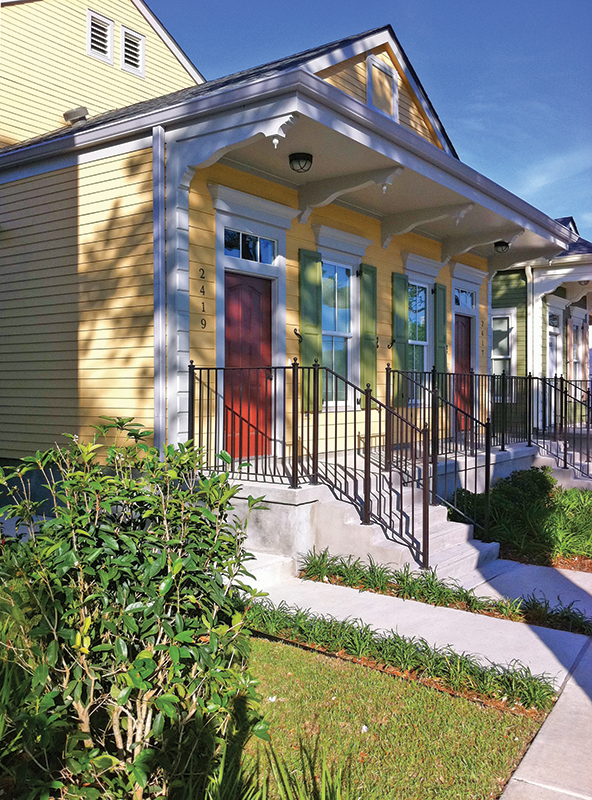
By Nancy E. Berry
On August 29th 2005, the Gulf Coast region lost more than a quarter of a million homes during the category 5 hurricane, Katrina; one of the most devastating and violent storms on record. In New Orleans, winds reached 175 mph and storm surges were as high as 22 ft. When the levees were breached, the city began to flood, causing catastrophic damage to historic buildings throughout several neighborhoods.
One area hit hard was Faubourg Lafitte, a large public housing development on the border of Tremé, a vibrant community of artists, musicians, and chefs that lend the city its eclectic culture and flavor. When the storm waters resided and winds died down, Lafitte’s buildings were uninhabitable. The U.S. Department of Housing and Urban Development mandate determined that the storm-damaged buildings, which sat on 27 acres, must be demolished. Without a home to return to, residents were displaced and sent to other parts of the country.
“The city was in desperate need of housing,” says Rob Robinson, chairman of Urban Design Associates (UDA), which was called upon to re-create and revitalize Lafitte. Now in its 48th year, the firm is recognized both nationally and internationally as a leader in creating authentic and successful neighborhoods, districts and downtowns, new communities and campuses. UDA worked alongside federal and local government agencies, as well as Enterprise Community Partners, a nonprofit organization that provides affordable housing and sustainable communities, to bring the project to life.
The master plan for the new Faubourg Lafitte development began not as a set of drawings but rather a series of conversations with displaced residents, public officials, as a social service provider, and institutions and businesses in the area. “It took substantial effort to find the former residents,” says Margaret Connor, principal at UDA. “Many that had lived in Lafitte had relocated – some as far away as Georgia and Texas. We needed to get their perspective of how they wanted the new neighborhood to look and feel.” The meetings were held over a three-month period and focused on what the residents were looking for in their neighborhood.
“People were asked to describe the strengths and weaknesses of the existing community and also their vision of the future,” says Connor. “They described streets lined with sweet houses, similar to the pattern of Tremé – which is in stark opposition to the massive brick buildings of the previous housing project – with shade trees and parks for the children to play.” Even the neighborhood children participated in the conversation, naming the central street and park feature within the revitalized neighborhood “Magic Street.”
UDA is well versed in New Orleans’ historic vernacular and neighborhoods, having written books on the subject. The firm carefully studied the patterns found in the Tremé and Tulane/Gravier neighborhoods, and began to create a master plan that would culminate in more than 500 single-family houses and apartment buildings ranging in house type and size to accommodate a whole range of tenants. An additional 900 units in keeping with the character of the existing architecture will be constructed on infill lots within adjacent communities.
“One of the trickiest parts of the project was getting the site to work – figuring out drainage, preserving old trees, and working with a pie-shaped piece of land,” says Robinson. Conceived as a collection of neighborhood blocks lined with houses, the dwellings will follow the blueprint found in Tremé.
Here open front porches sit close to the sidewalk and small friendly front gardens lie between the two. “The rhythm of the neighboring streets and buildings has a vertical quality,” says Robinson. “We looked at early city drawings and photographs,” adds Connor. “The houses had gardens with dense plant life, which spilled outside the fence and onto walkways – they really become a form of personal expression in the neighborhood.”
The firm introduced a combination of house types into the plan: double and single shotgun houses, camelbacks, cottages, townhouses and small apartment buildings that resemble the grand houses on Esplanade Avenue in New Orleans. The neighborhood is not only connected to Tremé by the restored street grid, but also by the diverse character of the houses that line those streets. Many of the houses have Victorian detailing and proportions. “This results in a streetscape very much like the traditional ones in Tremé,”
Other influences included Tremé’s color scheme and local patterns such as tall paned windows; shallow front porches and stoops; wide lap siding on front façades and narrow lap siding on less critical façades; cornices with brackets on the front façades painted in a variety of colors. “There is an organic tropical expression here,” says Robinson. “The influences are clearly French when there are more courtyard gardens introduced.”
While UDA’s designs are in tune with local precedents, they seamlessly integrate 21st-century living and building technologies. “Each block has a variety of these new interpretations of traditional building types,” says Robinson. This mix creates the diversity of a traditional neighborhood as opposed to the uniformity of a project. “The street-facing façades have the most ornament to enhance the public spaces,” says Connor, “while the back of the houses are less adorned but retain the proportions and some details of the historic buildings – a traditional pattern found throughout the city.” Homeowners traditionally focused their time and money on the public face of their buildings and used much simpler materials, and, in some cases, deferred maintenance on the sides and rears. This deference to the public realm – a citywide ethic – was continued at Faubourg Lafitte.
UDA detailed each building to vary from its neighbor, be it with a contrasting porch, stoop, massing, detailing or roof profile. Traditional building materials and methods were reinterpreted to meet contemporary construction methods and materials. For instance, simplified versions of locally-inspired brackets were scroll cut from PVC boards using a digital saw. The cut boards were then laminated together and finished and standard millwork knobs were applied. Similarly, wide cypress drop lap siding is used on the fronts of houses, while narrow lap fiber-cement siding on the sides and the rear of the houses keeps costs down.
New Orleans’ hurricane risk and subtropical climate influenced every step of the design process. UDA chose architectural-grade high-performance impact-rated windows to withstand, as required, 140 mph winds, as well as low maintenance decay-resistant materials to cope with the heat and humidity. “The buildings are also raised above the FEMA designated Base Flood Elevation of between 36 and 42 in. across the site,” says Connor.
All houses and apartments have ENERGY STAR appliances, ventilation and lighting to adhere to energy-efficiency standards for HVAC systems. Faubourg Lafitte meets the Enterprise Green Communities Criteria, the only national standard for green affordable housing. “We worked closely with the Historic District Review Committee to ensure that the new buildings would nestle into the existing landscape,” says Robinson. UDA has heard through the grapevine that Faubourg Lafitte exceeds its residents’ expectations. “We wanted to knit the fabric of the community back together and I think we achieved this goal,” adds Connor.



